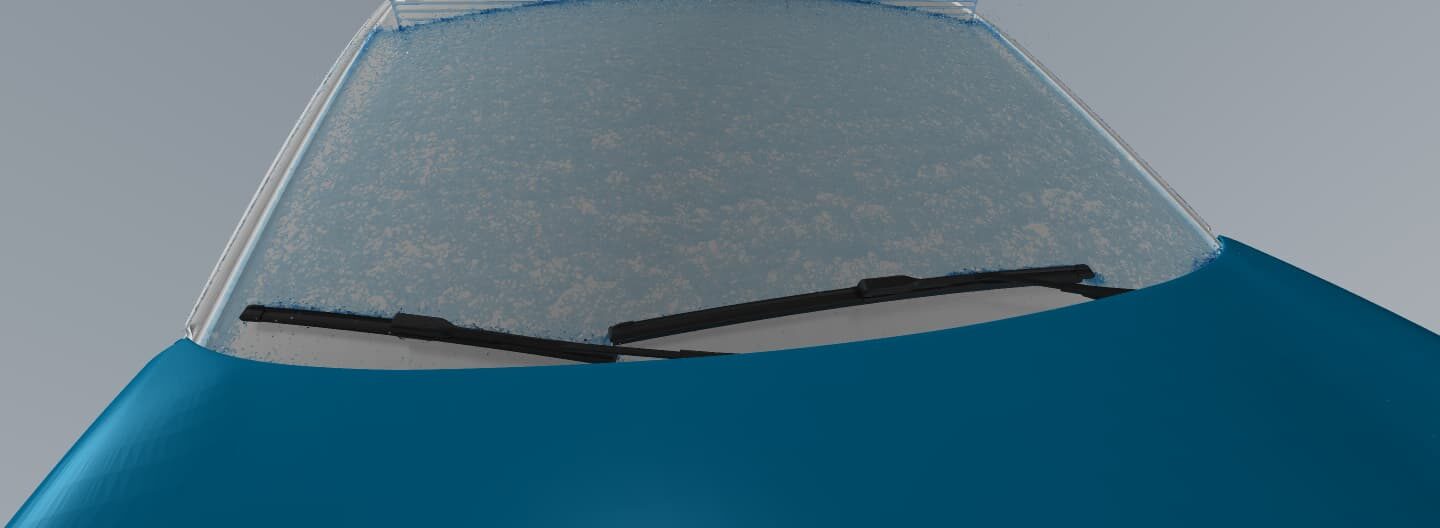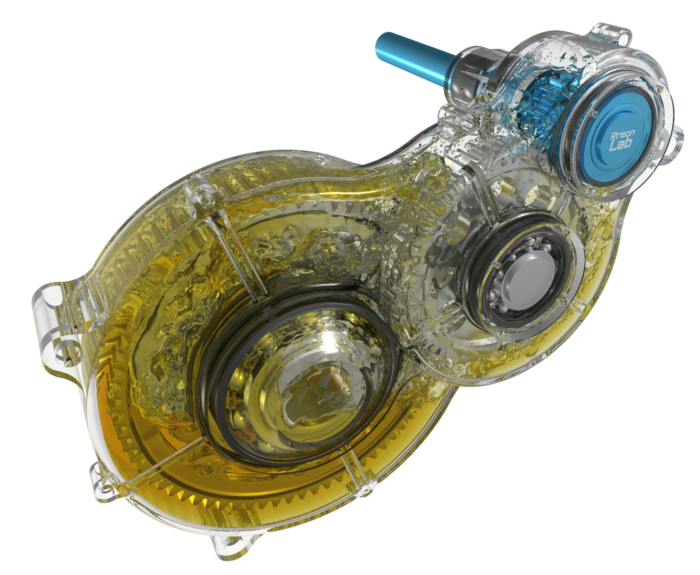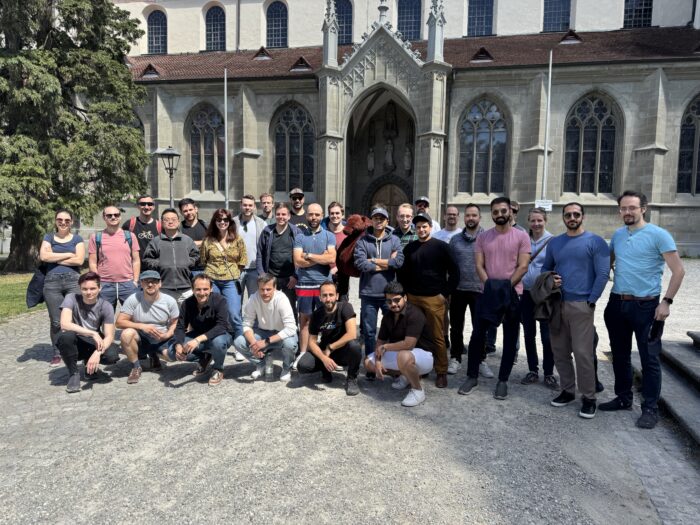Here we go! PreonLab 7.0 is out now.
We’re pleased to announce the release of PreonLab 7.0. This update marks a significant step forward, expanding capabilities across key areas like thermal analysis, vehicle dynamics, transmissions, multiphase flows, visualization, and overall usability. Several of these features have been in development for quite a long time, resulting in substantial improvements that enhance accuracy, efficiency, and integration into our long-term vision of developing the ultimate simulation tool. We look forward to seeing how they support your work. Read on for a breakdown of the highlights.
- Higher-order Thermal Solver:The new higher-order thermal solver combines Smoothed Particle Hydrodynamics with the Moving Least Squares method, enabling precise and boundary-accurate results. It directly addresses previous accuracy limitations in critical boundary regions and significantly enhances our thermal capabilities — bringing us closer to the market-leading particle-based solver for thermal applications.
- Extensions to the Full Car Suspension Model (FCSM):PreonLab 7.0 introduces major upgrades to the FCSM framework, improving wheel-ground interaction and stability under extreme conditions. Simulations can now include wheel detachment, enabling scenarios like amphibious vehicles or emergency sinking. Vehicle motion considers road slope, fluid interaction, and traction loss, ensuring realistic responses. Additional features include distance-based velocity mapping, acceleration limits for physically plausible behavior, and a PID-based driver model with configurable reaction settings.
- Enhancements for Transmission Applications:For transmission applications, this release introduces features that improve numerical stability and phase distribution in challenging cases. Particle Shifting reduces numerical noise by repositioning particles along their physical trajectory, while Wall Confinement Handling prevents particles from getting trapped between solid surfaces (e.g., between gear teeth) and helps minimize leakage. A new maximum-velocity constraint limits velocity outliers, improving overall stability and air–fluid phase distribution.
- Other Notable Additions:The expanding feature set on our Particle Engine platform brings improved performance and memory efficiency for MPI and multi-GPU simulations. Highlights include the ability to simulate snow alongside fluids and elastic materials, upgrades to Calculation Objects, and usability improvements like 3D mouse support for greater control. Additionally, a new experimental pressure boundary condition lets users define known pressures at inlets or outlets, unlocking further simulation possibilities.



